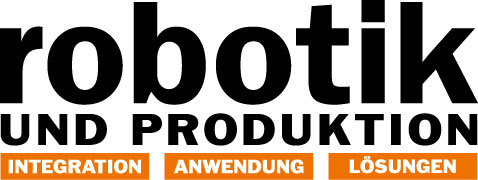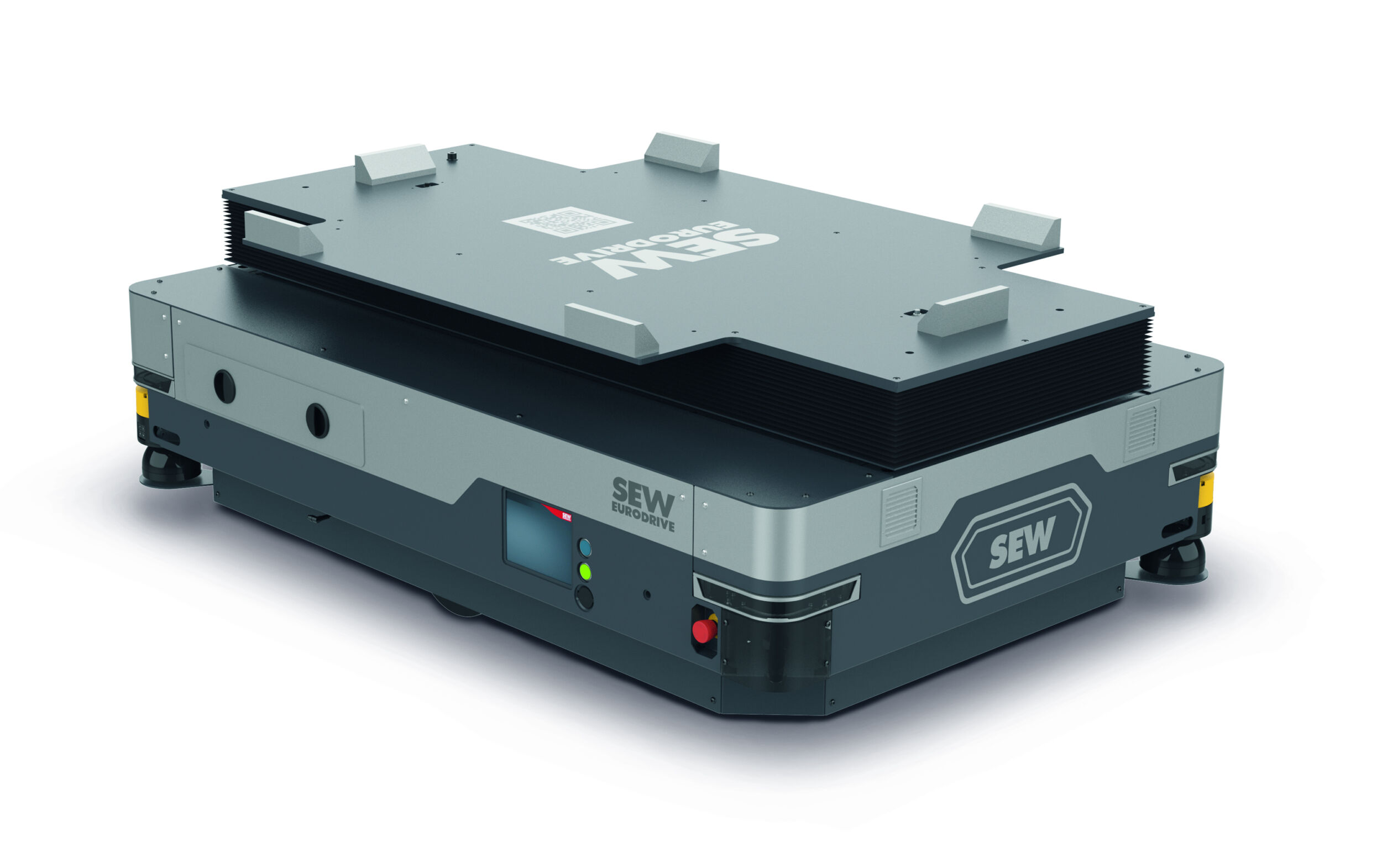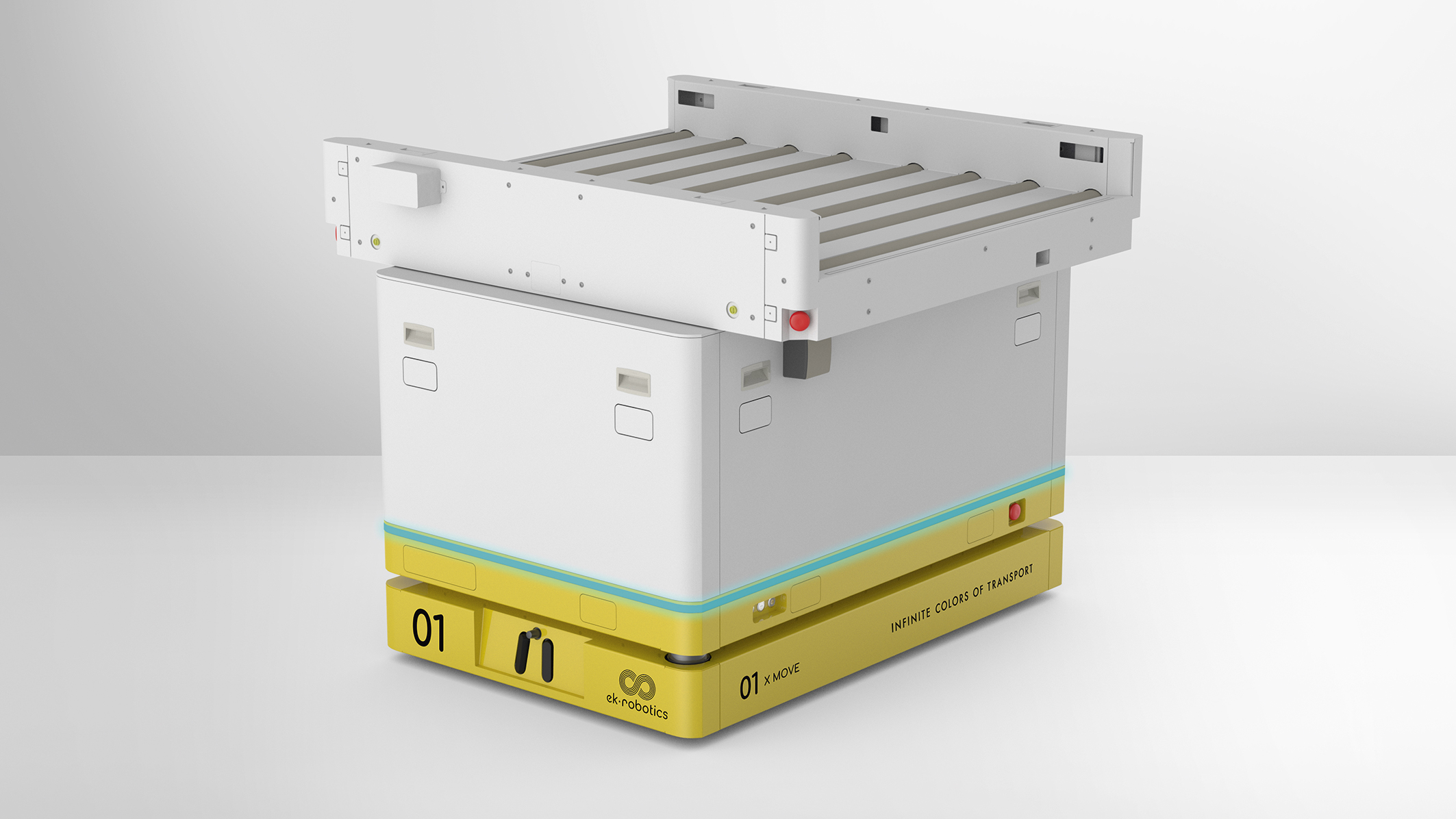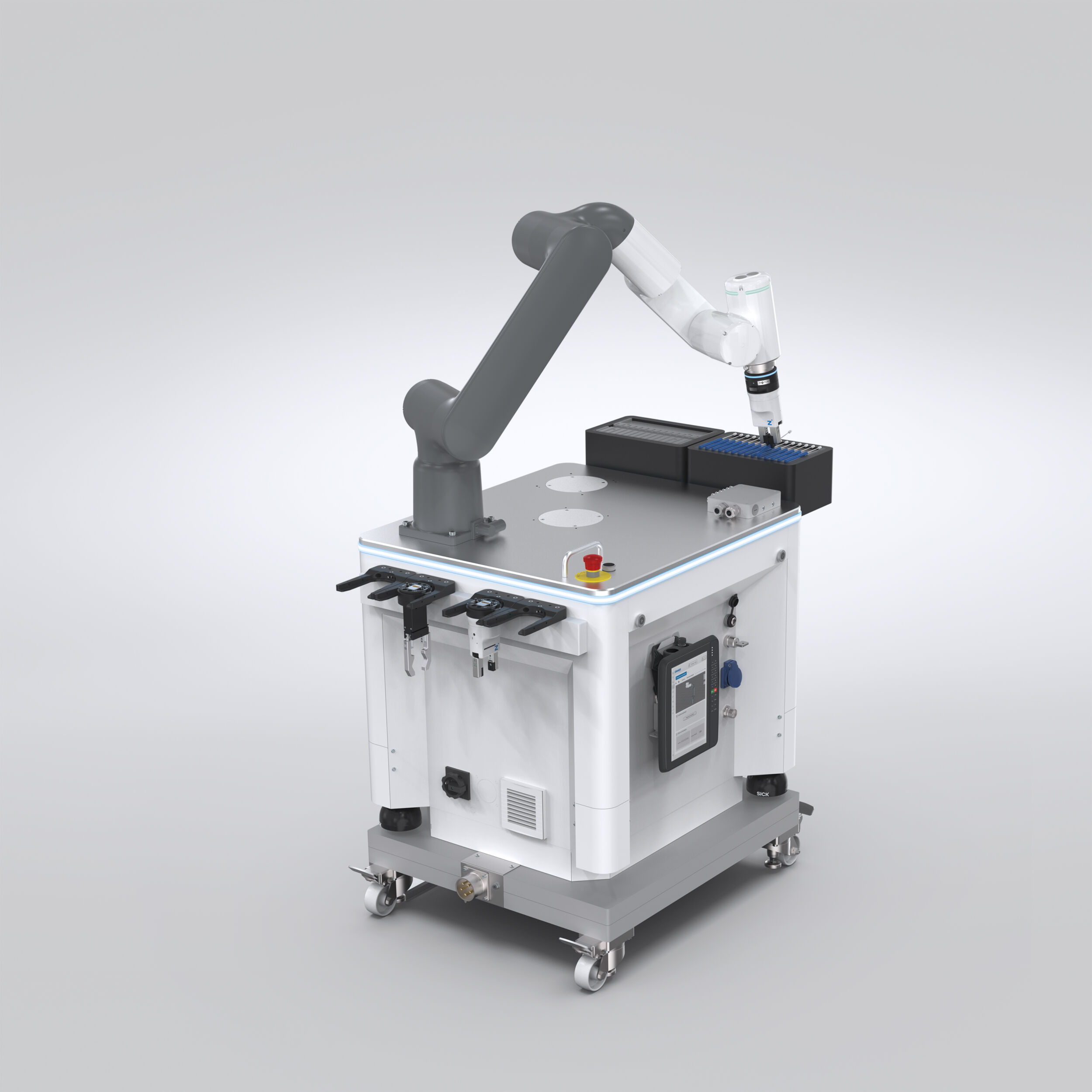The Robot Report: What’s All the Fuss about AI, Robotics and China?
In the constantly changing landscape of today’s global digital workspace, AI’s presence grows in almost every industry. Retail giants like Amazon and Alibaba are using algorithms written by machine learning software to add value to the customer experience. Machine learning is also prevalent in the new service robotics world as robots transition from blind, dumb and caged to mobile and perceptive.
Competition is particularly focused between the US and China even though other countries and global corporations have large AI programs as well. The competition is real, fierce and dramatic. Talent is hard to find and costly. It’s a complex field that few fully understand, consequently the talent pool is limited. Grabs of key players and companies headline the news every few days. „Apple hires away Google’s chief of search and AI.“ „Amazon acquires AI cybersecurity start-up.“ „IBM invests millions into MIT AI research lab.“ „Oracle acquires Zenedge.“ „Ford acquires auto tech start-up Argo AI.“ „Baidu hires three world-renowned artificial intelligence scientists.“ Media, partly from the complexity of the subject, and partly from lack of knowledge, frighten people with scare headlines about misuse and autonomous weaponry. They exaggerate the competition into a hotly contested war for mastery of the field. It’s not really a ‚war‘ but it is dramatic and it’s playing out right now on many levels: immigration law, intellectual property transgressions, trade war fears, labor cost and availability challenges, and unfair competitive practices as well as technological breakthroughs and lower costs enabling experimentation and testing. Two recent trends have sparked widespread use of machine learning: the availability of massive amounts of training data, and powerful and efficient parallel computing. GPUs are parallel processors and are used to train these deep neural networks. GPUs do so in less time, using far less datacenter infrastructure than non-parallel-processing super-computers. Service and mobile robots often need to have all their computing power onboard as compared to stationary robots with control systems in separate nearby boxes. Sometimes onboard computing involves multiple processors; other times it necessitates super-computing power such as offered by chip makers that offer parallel processing and super-computer speeds. Nvidia’s Jetson chip, Isaac lab, and toolset are an example.
Nvidia
The recent Nvidia GPU Developers Conference held in San Jose last month highlighted Nvidia’s goal to capture the robotics AI market. They’ve set up an SDK and lab to help robotics companies capture and learn from the amount of data they are processing as they go about their tasks in mobility and vision processing. Nvidia’s Jetson GPU, SDK, toolset and simulation platform are designed to help roboticists build and test robotics applications and simultaneously manage all the various onboard processes such as perception, navigation and manipulation. As a demonstration of the breath of capabilities in their toolset, Nvidia had a delivery robot to cart around objects at the show. Nvidia is offering libraries, SDK, APIs, an open source deep learning accelerator, and other tools to encourage the use by robot makers for them to incorporate Nvidia chips into their products. Nvidia sees this as a future source of revenue. Right now it is mostly all research and experimentation.












